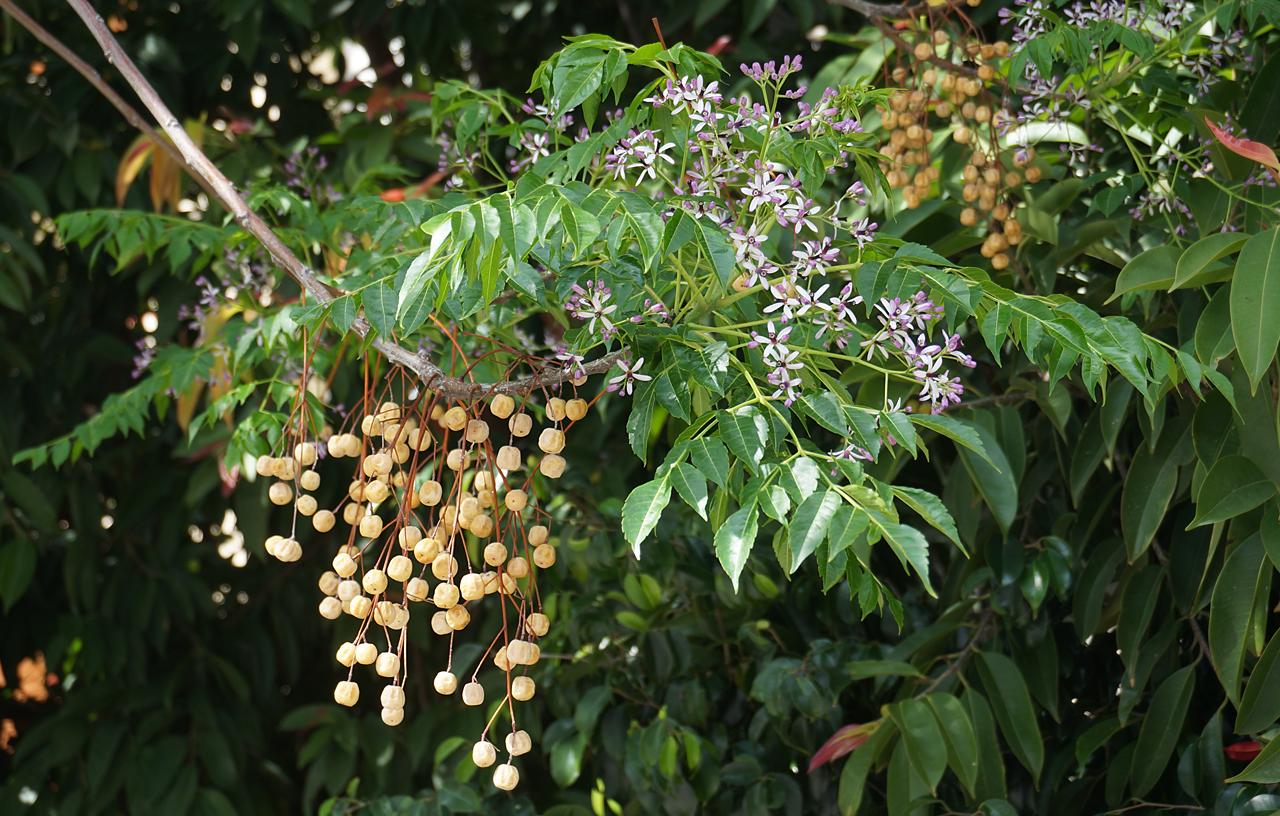
Chinaberry tree (Melia azedarach)
Chinaberry tree, also known as Persian lilac, Cape lilac
The chinaberry tree is deemed invasive in numerous regions due to its ability to form dense thickets, which can overshadow and displace native plants. Additionally, the tree contains toxins harmful to humans and various animals, although certain species like cows and some birds can consume its fruit without adverse effects.
Key Facts About Chinaberry tree
Attributes of Chinaberry tree
Lifespan
Perennial
Plant Type
Tree
Plant Height
7 m to 12 m
Spread
9 m to 12 m
Leaf Color
Green
Flower Size
1.5 cm to 1.9 cm
Flower Color
Purple Pink Lavender
Scientific Classification of Chinaberry tree
Phylum
Vascular plants
Class
Dicotyledons
Order
Maples, mangos, mahogany, citrus, and allies
Family
Mahogany
Genus
melia
Species
Chinaberry tree
Toxicity
Golden pothos contains a chemical called calcium oxalate, which is mildly toxic if ingested or if the skin comes into significant physical contact with its sap. Ingestion can cause symptoms such as eczema, burning, inflammation of the mouth, and vomiting. Contact with the sap can cause dermatitis.